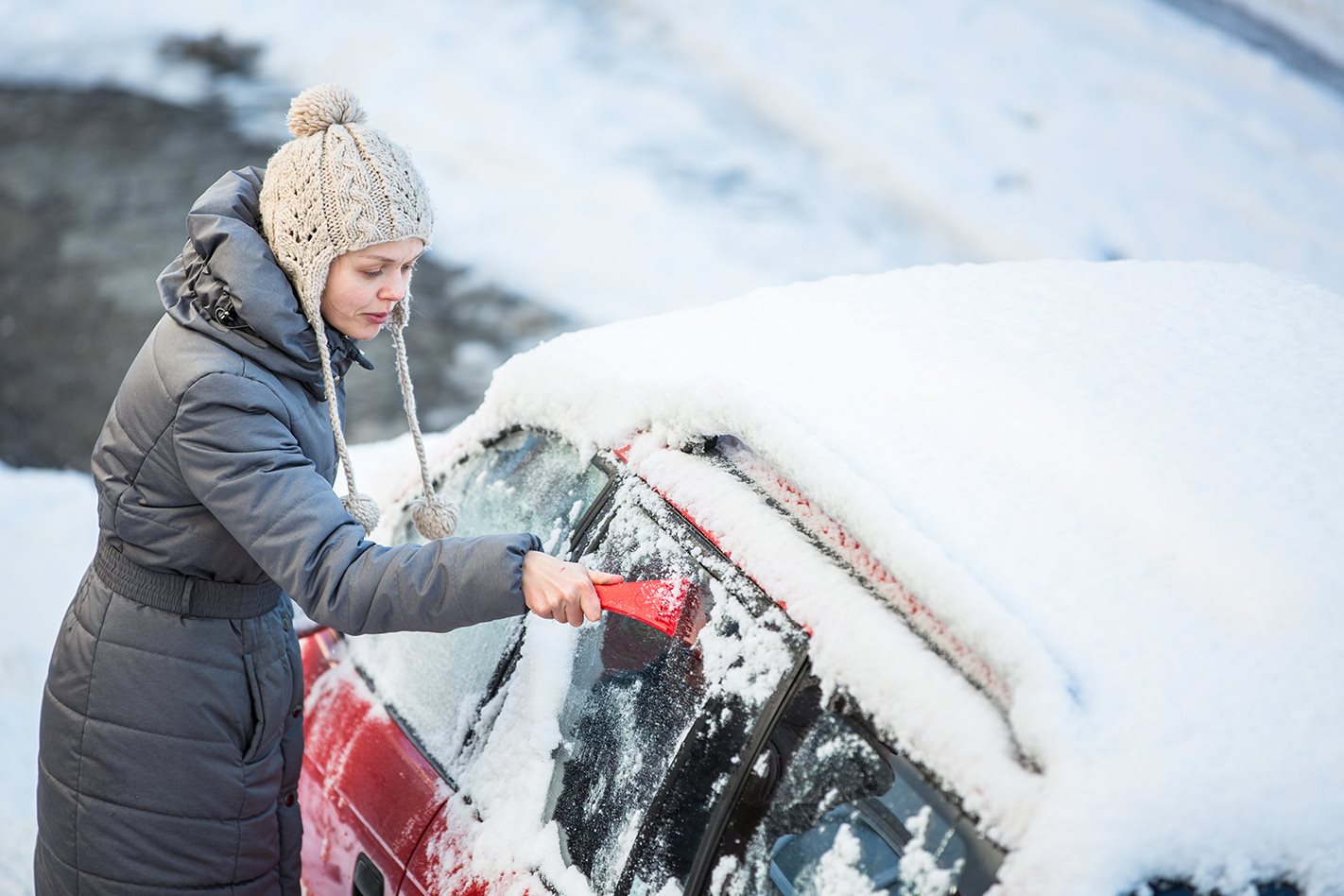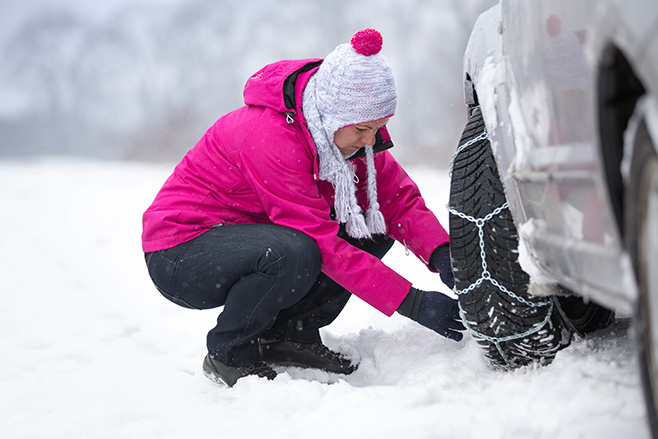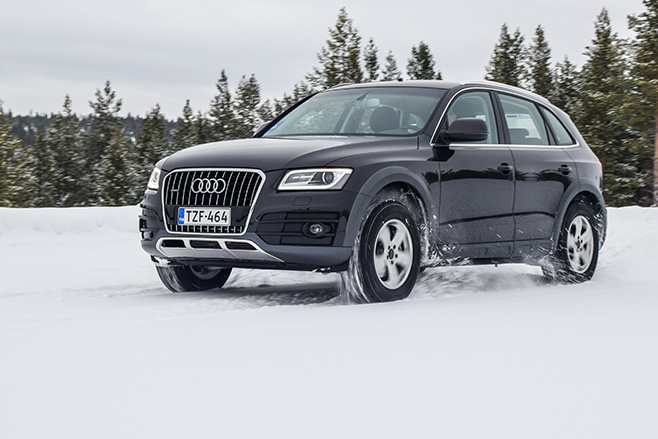Advice

Gallery 1
Whether you’re a regular snow driver or decide this is the year you’ll take on the slopes, here are a few tips to keep your family and friends safe on any road trip to the mountains.
Getting to the snow
- On your way up to the ski slopes, there will be signs and dedicated chain-fitting bays. Make sure you use them, even when you think you won’t need them. If it starts snowing, or you push it too far, your car’s wheel arches will fill with compacted ice, making it very difficult to fit chains. Also, as the temperatures drop, you’ll be grateful you saved your numb fingers the pain of fitting chains. In Australia, it is a legal requirement to carry chains when driving in the snow.
- Snow chains should be fitted to the driving wheels of your car. So if you’re in a rear-wheel drive car, chains go on the rear tyres. Front-wheel drive and all-wheel drive cars fit chains to the front tyres.
- Use anti-freeze in the radiator to prevent it freezing, and if you drive a diesel vehicle, fill up with alpine mix fuel at the final service station before you start the climb.
- Make sure you pack an ice scraper, shovel, tow rope, rubber gloves, ground sheet (for fitting chains), a charged phone and a torch.

1
- If you’re a regular traveller to the high country, invest in winter tyres. They work better than regular tyres when temperatures drop below 7 degrees, regardless of whether there’s ice on the road or not. Tests have shown that a front-wheel drive car on winter tyres outperforms an all-wheel drive car on all-season rubber in snowy conditions.
- Where possible, use your gears to brake the engine when descending instead of using your foot brakes which can cause your tyres to loose traction. Keeping your car in a lower gear than you’d expect will prevent nasty skidding experiences.
- If you’re in a rear-wheel drive car, tie down something heavy in the boot, like sand packs. This will counterbalance the weight of the front of the car and prevent your rear wheels from skidding.
- If visibility is low, always use your headlights.

1
Parking in the snow
- When parking your car, don’t use your handbrake. Dampness can creep in and cause your cables to freeze. If you’re worried about your car parking on an incline, chock your tyres instead.
- If you’re in a manual car, leave the car in gear and the wheels turned away from the slope. This will stop the car rolling if the handbrake fails. If you’re in an auto, do what you would usually do and put it in park.
- While parked, leave your windscreen wipers raised, and cover them with a plastic bag. This prevents them from sticking to the glass.
- Try and park your car in an area that won’t get much shade. The day-time sun will thaw out your car each day.
- If you’re driving an older car, put some tape over the door locks to prevent water getting in and freezing the locks.

1
Leaving the snow
- Clear ice and snow from the windscreens and roof of your car before you start driving with a plastic de-icer or a brush. If you start driving while your car is still covered, you could create a hazard for other drivers. Driving and braking hard doesn’t work, so don’t bother. It’s an offence to drive before clearing snow from your car.
- After a couple of days in the snow, leave the engine running for a few minutes before taking off to give your car time to heat up.
- If you’re travelling with skis and snowboards, lock them away in a roof box, instead of strapping them to roof bars. This will save you a lot of fuel.



